Activated Carbon For COD BOD Reduction In Wastewater-Heycarbons Manufacturer From China
- Over 20 years of industry experience in activated carbon for COD BOD.
- Annual output 18000 tons.
- 16pcs Production Patents.
- Customized products and services, Professional application solutions.
You will get a quote in 24 hours
BOD and COD in Wastewater
BOD (Biochemical Oxygen Demand) and COD (Chemical Oxygen Demand) are two key indicators commonly used in water quality testing, used to assess the concentration of organic pollutants in water that can be decomposed by microorganisms or oxidants.
BOD represents the amount of dissolved oxygen consumed by microorganisms to decompose organic matter in water within 5 days under an aerobic environment; COD reflects the amount of oxygen consumed to oxidize organic matter in water under strong oxidizing conditions (such as using potassium dichromate). The units are expressed in mg/L.
BOD and COD are mainly derived from domestic sewage, industrial wastewater (such as food processing, pharmaceuticals, papermaking, etc.) and agricultural runoff.
Difference Between BOD and COD
BOD has a long measurement cycle, generally requiring five days, and is greatly affected by microbial activity, temperature, etc., and has poor stability; whereas COD is fast and can be completed within a few hours, the method is standardized, and the results are stable.
The two are often used in combination to comprehensively evaluate the degree of organic pollution in wastewater and the treatment effect. Generally speaking, BOD is used to reflect the actual impact on the ecosystem, while COD is more suitable for rapid monitoring of total organic load.
Necessity of reducing BOD and COD
If the concentration of BOD or COD is too high, it will quickly consume dissolved oxygen after entering the water body, inhibit the self-purification ability of the water body, and cause environmental problems such as the death of aquatic organisms and black and smelly bottom mud.
Therefore, in the sewage treatment process, an efficient organic matter removal unit (such as biological treatment or advanced oxidation) must be set up to reduce BOD and COD, ensure that the discharge meets the standards and protect the ecological safety of the receiving water body.
You will get a quote in 24 hours
You will get a quote in 24 hours
What does activated carbon do in wastewater treatment?
How do you reduce BOD COD in wastewater?
Activated carbon is an adsorption material commonly used in water treatment. Under the dual mechanism of unique surface pore structure (physical adsorption) and the interaction between surface functional groups and pollutants (chemical adsorption), activated carbon can adsorb organic pollutants in water to its surface. It is often used to adsorb and remove BOD, COD and difficult-to-degrade organic matter in wastewater treatment.
Following is the mechanism of action of activated carbon in removing COD and BOD.
How does activated carbon work?
Physical adsorption: Activated carbon has a strong adsorption capacity for organic matter in water (such as dyes, surfactants, phenols, volatile organic matter, etc., which are the main components of COD BOD).
Chemical adsorption: Surface oxygen-containing groups (such as carboxyl and hydroxyl groups) can combine with polar organic matter (such as organic acids and alcohols) to enhance the removal effect.
Activated carbon types for COD BOD reduction
- Powdered activated carbon (PAC) is suitable for emergency or indirect treatment.
- Granular activated carbon (GAC) is often used in continuous filtration systems for deep treatment.
Coal powdered activated carbon for COD BOD reduction
Heycarbons recommends that you use powdered activated carbon, especially coal-based powdered activated carbon to treat BOD and COD in wastewater.
Specifications:
- Size: Mesh 100, 200, 325
- Iodine value: Mg/g 500-1100
- methylene blue: 120-150mg/g
- Ash %: 8-20
- PH: 8-11
For more detailed product information, please click the link below:
Powdered Activated Carbon
You will get a quote in 24 hours
You will get a quote in 24 hours
Best granular activated carbon for COD BOD reduction
Heycarbons Coal Granular Activated Carbon
Heycarbons recommends you to use coal-based granular activated carbon to remove BOD and COD from industrial wastewater.
Specifications:
- Size: Mesh 4*8, 8*30, 8*16, 12*40, 30*60, 80*150
- Iodine value: Mg/g 500-1050
- Specific surface area m2/g :500-1050
- Hardness %:90-99
- Bulk density g/cm3 0.45-0.55
- Ash %: 6-8%, 8-12%, 12-15%
- Moisture % : 5 max
- PH: 8-11
For more detailed product information, please click the link below:
Granular Activated Carbon
You will get a quote in 24 hours
You will get a quote in 24 hours
Activated carbon Limitations for COD BOD reduction
- The adsorption capacity is limited and needs to be replaced or regenerated regularly.
- The cost is relatively high, and activated carbon regeneration (thermal regeneration, chemical regeneration) requires additional investment.
- Selective adsorption, the removal rate of certain macromolecules, inorganic pollutants or hydrophilic organic matter (such as alcohols) is low.
In addition to activated carbon adsorption technology, common processes for treating BOD and COD include biological methods, wastewater separation technology and other methods, which are often used in combination in actual projects to improve removal efficiency.
Biological Method to Reduce BOD and COD
In wastewater treatment, biological treatment is an economical, efficient and widely used method to reduce BOD and COD by controlled microbial action. Microorganisms decompose soluble organic pollutants such as proteins, sugars, and fats in wastewater into harmless products such as carbon dioxide, water, ammonia or methane under aerobic or anaerobic conditions.
Aerobic biological treatment is mainly used for BOD removal. Common processes include activated sludge method and biofilm method. They have the advantages of high removal efficiency and stable operation, and are suitable for domestic sewage and biodegradable industrial wastewater.
Anaerobic biological treatment is suitable for high-concentration organic wastewater. Anaerobic microorganisms decompose macromolecular organic matter into organic acids and methane, which can not only significantly reduce COD, but also produce biogas for energy recovery.
Biological treatment technology has become an indispensable and important means in modern wastewater treatment due to its environmental protection, low cost and strong adaptability.
You will get a quote in 24 hours
You will get a quote in 24 hours
Wastewater Separation Technology to Reduce BOD and COD
Primary separation in wastewater treatment usually uses coagulation and flocculation technology to remove suspended solids and organic pollutants, thereby reducing chemical oxygen demand (COD) and inhibiting excessive microbial growth.
Coagulation is to neutralize the negatively charged colloidal particles in the wastewater by adding positively charged coagulants (such as polyaluminium chloride PAC), causing them to become unstable and begin to aggregate. Subsequently, flocculants are added to promote small particles to form larger flocs, which can settle to the bottom of the sedimentation tank and be effectively removed.
This technology is widely used in the pretreatment process of industrial wastewater such as printing, leather making, electroplating, glass, etc., significantly improving the efficiency of subsequent treatment.
You will get a quote in 24 hours
You will get a quote in 24 hours
Activated Carbon For COD BOD Reduction Customer Cases
Activated Carbon For COD BOD Reduction Customer Case-1
A customer needs to treat 20m³ of wastewater every month. The COD content in the wastewater is 6400 mg/L. The customer requires it to be reduced to below 500mg/L. The surfactant in the wastewater contains 4mg/L of cations, 4mg/L of anions, and 430mg/L of non-ionics. The customer requires the total amount to be reduced to below 4mg/L.
In response to this requirement, Heycarbons recommends the use of granular activated carbon with an iodine value of 700mg/g, 12×40 or 8×30 mesh, and the direct adsorption of COD is generally 8~15%.
In fact, the adsorption effect of coal-based powdered activated carbon is better than that of granular activated carbon, but powdered activated carbon is difficult to regenerate and has high economic costs. Considering the two factors of cost and adsorption efficiency, we recommend that customers use 2 tons of powdered activated carbon and 3 tons of granular activated carbon to treat 20m³ of wastewater every month. If conditions permit, you can also use chemical methods to reduce COD to below 1000mg/L first, and then use activated carbon for adsorption.
Activated Carbon For COD BOD Reduction Customer Case-2
A customer plans to use powdered activated carbon for chemical water treatment to reduce COD from 35mg/L to 25mg/L.
The use of powdered activated carbon for treatment has high adsorption efficiency but is difficult to regenerate, and the economic cost is relatively high.
There are two indicators to judge whether the activated carbon is saturated, one is the COD index of the discharge, and the other is the decline in the iodine value of the powdered activated carbon. Activated carbon that has not yet been saturated can be reused for treatment.
Activated carbon is used for water treatment to remove odor and reduce COD. Coconut shell activated carbon and apricot shell activated carbon with the same iodine value, apricot shell activated carbon will have a better effect. Apricot shell activated carbon is also better for removing odor. This is because the molecular diameters of odor and cod are generally larger, and coconut shell activated carbon with the same iodine value has more micropores, and apricot shell activated carbon has larger pores than coconut shell.
Activated Carbon For COD BOD Reduction Customer Case-3
A customer uses an activated carbon filter for water purification. The specifications of the activated carbon filter are φ3.2m/2.5m/20m³:
- Diameter φ=3.2m
- Height 2.5m
- Tank volume 20m³
The imported residual chlorine of the Yangtze River water to be treated is less than 1mg/L, and the exported free residual chlorine is required to be less than 0.1mg/L; the imported COD content is less than 70mg/L, and the exported COD is required to be reduced to 5~6mg/L after water purification.
In this case, Heycarbons recommends customers to use coconut shell activated carbon, which can achieve the best results when the iodine value and ash content are both satisfied. If you want to know the specifications of coconut shell activated carbon such as iodine value and ash content, please contact heycarbons.
You will get a quote in 24 hours
You will get a quote in 24 hours
Activated Carbon Applications For COD BOD
- Industrial wastewater: Treatment of refractory COD in printing and dyeing, pharmaceutical, and petrochemical wastewater.
- Municipal sewage: Further reduction of BOD and color in the deep treatment stage.
- Emergency treatment: Rapid adsorption of toxic organic matter in sudden pollution events.
Best Activated Carbon For COD BOD-Heycarbons
Please tell Heycarbons your needs and we can customize the most suitable activated carbon products for you. If you want to know more about the specifications of activated carbon to reduce COD BOD, please click the link below to contact Heycarbons.
You will get a quote in 24 hours
You will get a quote in 24 hours
Custom Heycarbons Activated Carbon Solution For COD BOD Reduction
Heycarbons provides a full range of activated solutions at competitive prices.
You will get a quote in 24 hours

Custom Heycarbons Activated Carbon For Water treatment
Heycarbons has proudly served the activated carbon industry with high-quality products since 2005, we can customize your coal activated carbon for your project.
- Personalized service and advice based on your needs and preferences. Different raw materials for different applications.
- Customized size, iodine value , methylene blue, PH, ash, etc. Also acid washing.
- Heycarbons customized package to promote your brand, and free design service.
Call Us
+86-180 3788 5195
Our Email
info@heycarbons.com
Steps to Custom Heycarbons Activated Carbon For COD BOD
Consultation
By understanding your needs and requirements, our salesmen work with you to submit the appropriate activated carbon solution.
Quotation
Heycarbons expert customer service will provide you with a free quote based on your requirements as well as product specifications and quantities.
Production
Heycarbons has sufficient inventory and strong production capacity, and will report production progress to you from time to time.
Shipping
Heycarb know you need to receive the product as soon as possible, after rigorous quality checks and protective packaging, by fedex shipping.
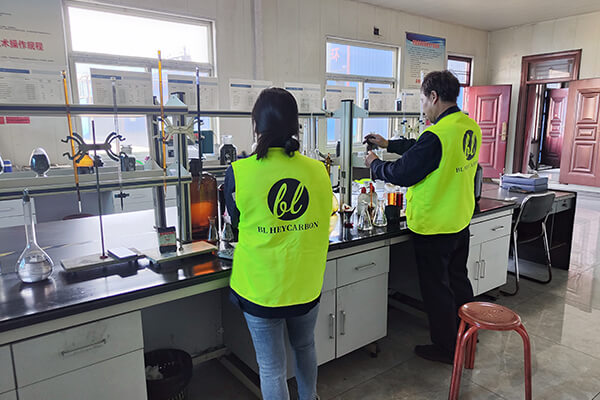
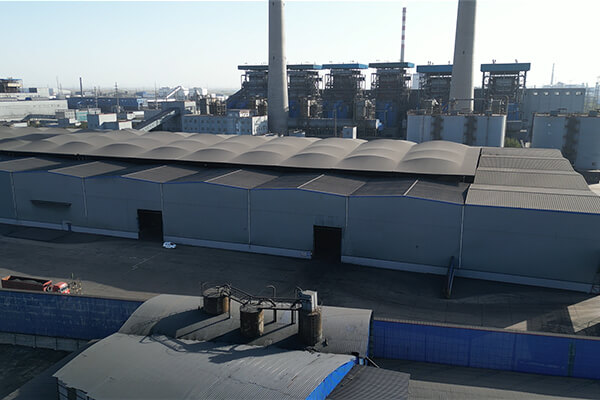
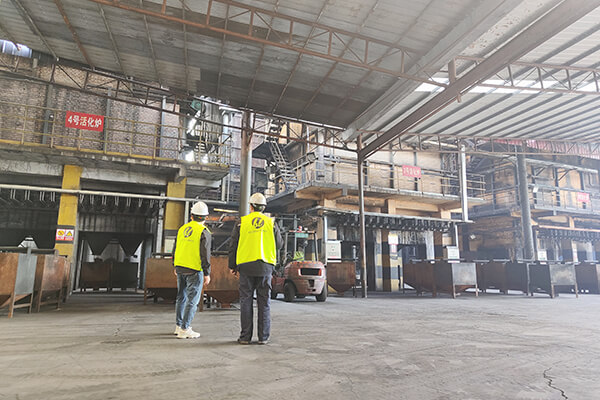


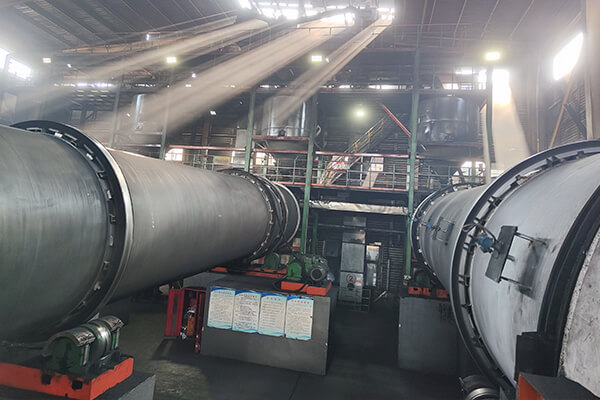


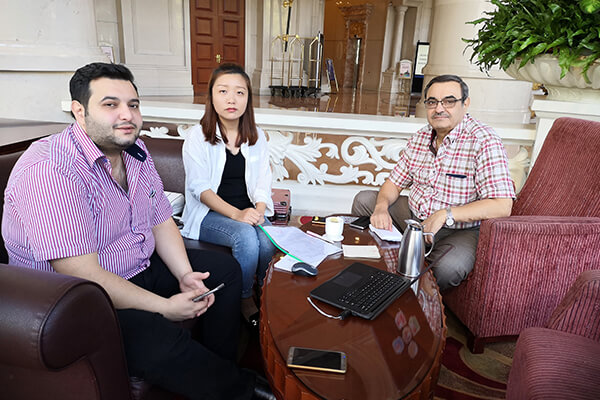
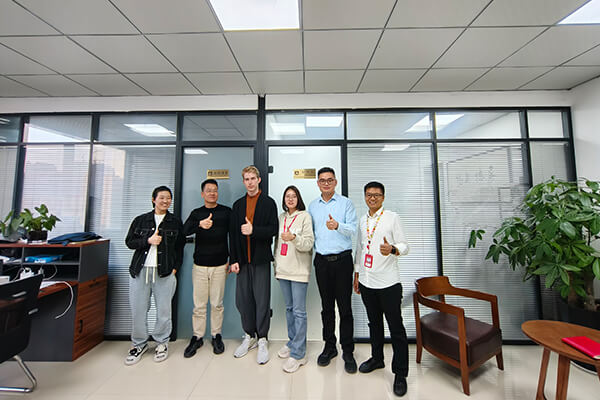
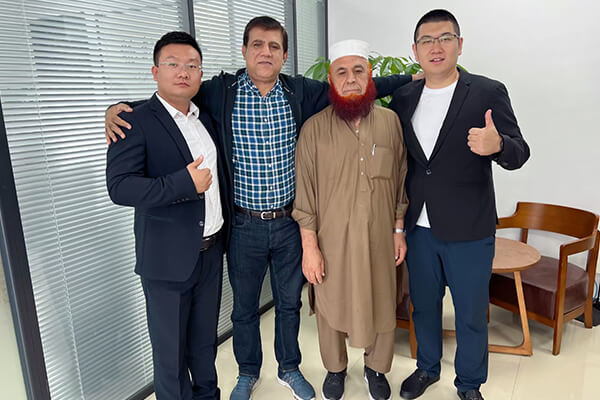
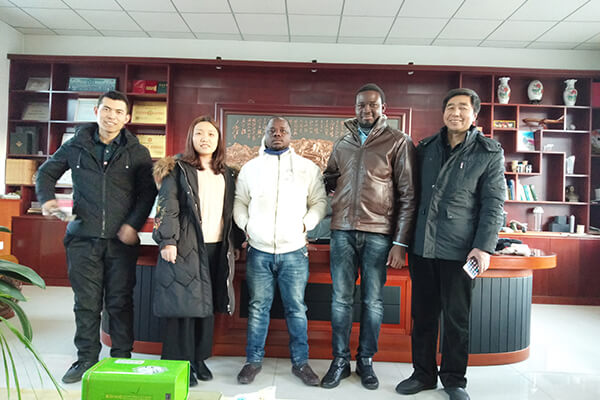
Are you looking for activated carbon for COD BOD manufacturers?
Contact us for design assistance, free quote, and expert advice today.
Your inquiry will be replied within 24 working hours, and we respect your privacy.
You will get a quote in 24 hours

